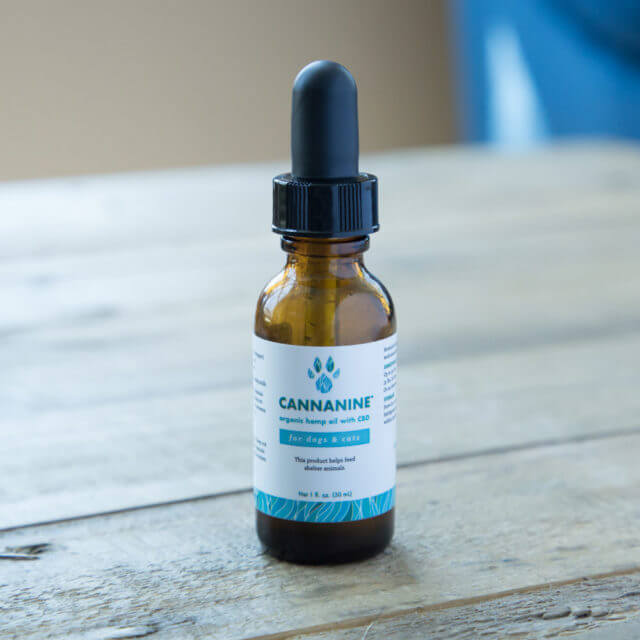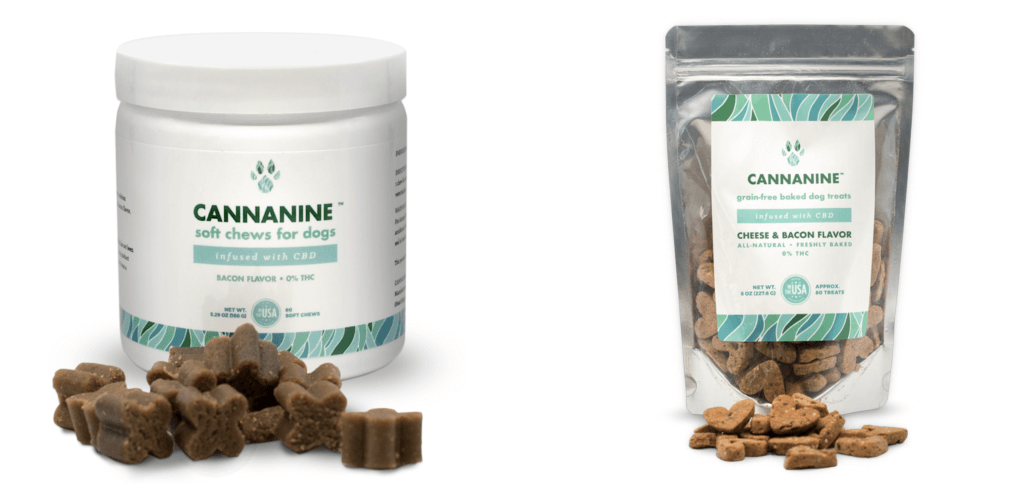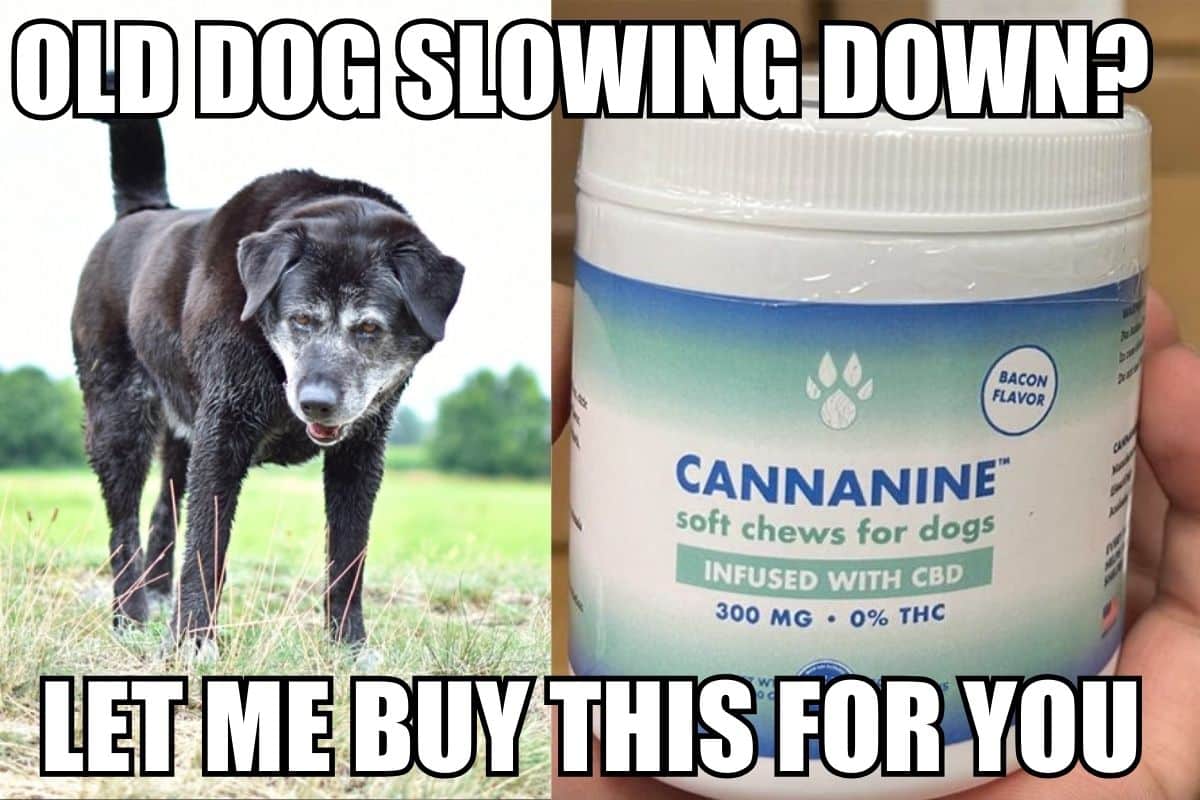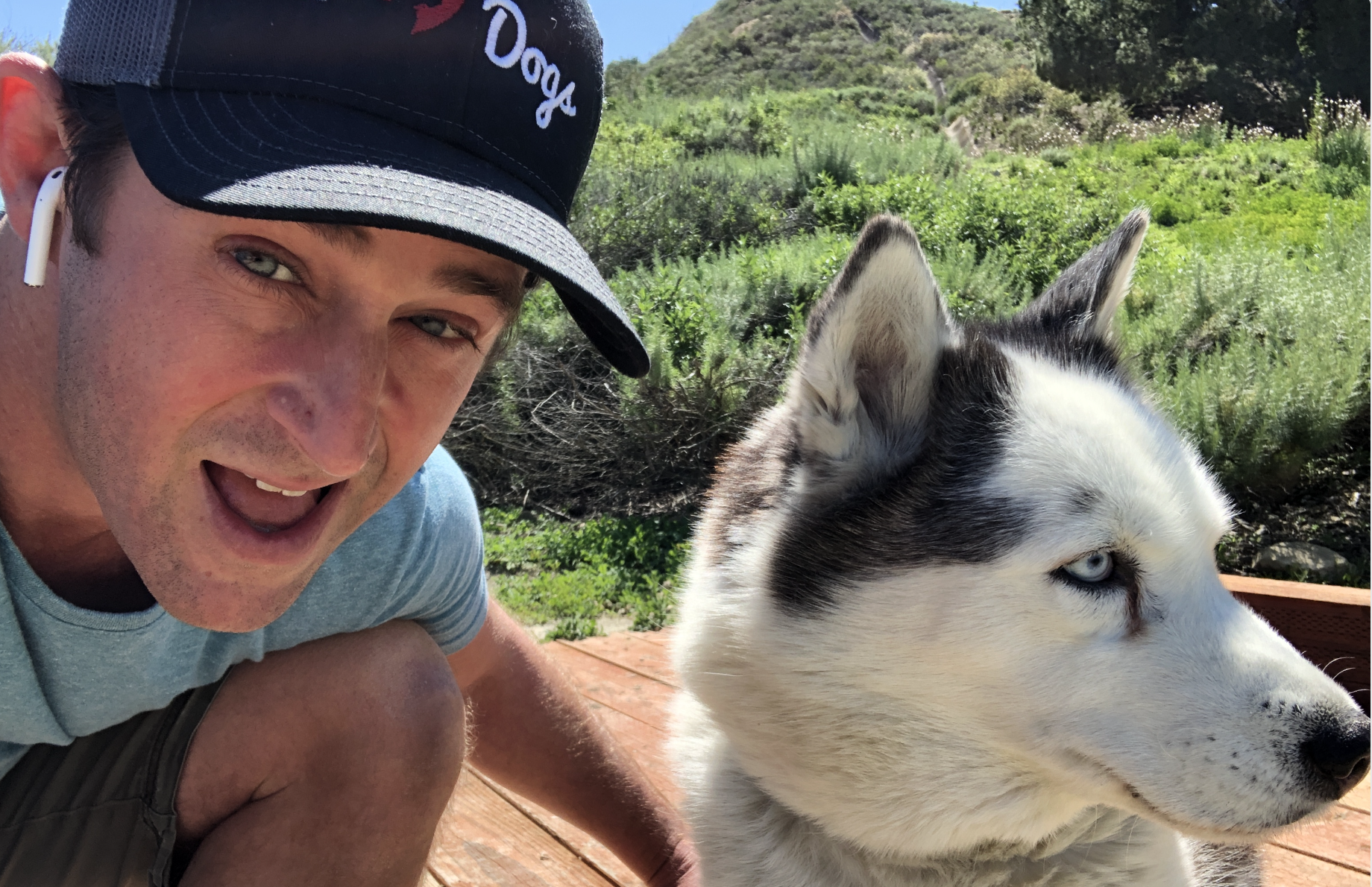
80% of Older Dogs Have This Painful Issue, But Hide It From Their Owners
If your dog was in pain right now, would you be able to tell? Anyone with a canine best friend hates the thought of their dog suffering in silence. But the truth is when dogs are hurt they tend to hide it from their owners.
Research shows that 4 out of 5 dogs over the age of 8 are suffering from joint pain. The solution for joint pain is easy for humans. We talk to our doctors, we choose our treatment, we research the issue online and make changes to feel better. But our dogs have to rely on us to handle their pain – and it’s not an easy task when they hide it from their owners!
Your dog may not be able to tell you with words that he’s not feeling well, but there are ways to tell. His hints may be subtle, but by keeping an eye on your dog and his habits you can make the best choices for his health and wellbeing.

6 Signs of Joint Pain in Dogs
1. Weight gain
Obesity is often an indirect sign of joint pain, as dogs become less active due to the pain running, jumping, playing – and even walking – can cause. Dogs will wear extra weight all over – not easy to hide it from their owners!
2. Difficulty standing
This is one of the most often cited signals. If your dog usually jumps up to greet you or visitors when they first walk in the door, but suddenly stops this behavior, there may be something wrong. He may be much slower to get out of his bed, or reluctant to climb onto the bed or couch.
3. Limping
Arthritic dogs often experience limping right after getting up from lying down. The limp may not last for long and might only occur a few moments after standing as his joints “warm up.”
4. Decreased energy
Dogs will sleep more as they enter their golden years, but if your dog’s overall energy has taken a turn for the worse, even as they’re up and about, they may be feeling the pain of inflamed joints.
5. Irritability
If your dog has become irritable for no apparent reason, they may be suffering from a hidden pain of some kind. He may nip at you if you try to move him or pick him up. Rest assured that it’s due to the pain and not because he doesn’t like you any more.
6. Increased licking, biting, or chewing
Pay attention to where your dog is licking or grooming themselves. Excessive or unusual attention in one area of the body might be a result of joint pain.
Some of these symptoms can point to other issues, so be sure to check with your veterinarian to make sure that you treat the right problem!
Most dogs will experience some kind of joint pain in their lifetimes, but you should pay extra special attention if you have a senior, overweight, or large breed dog.

The Best Ways To Relieve Your Dog’s Joint Pain
1. CBD Oil
A recent study from Cornell University showed that arthritic dogs who took CBD oil twice daily experienced a decrease in pain and an increase in activity. The difference was clear, and owners reported no side effects – just improvements!
2. Maintain a healthy weight
Make sure you know the healthy weight of your dog. All those treats and table scraps can add up to a lot of calories! Extra weight means more stress on your dog’s joints as they work harder to support the excess pounds.
3. Consistent exercise
Different breeds need different levels of exercise. Low impact, consistent walks are good for both you and your dog. Swimming is a great option for dogs with severe mobility issues. Unless recommended by a veterinarian, your dog should continue to exercise even as he ages, just be sure to adjust his routine as he gets older.
4. Massages
For dogs already suffering from joint issues, a massage can go a long way to help relieve tension and increase flexibility. Make sure you pay attention your dog’s responses and notice which areas might be sensitive to the touch. If your dog nips or cries out when you touch a certain area, make a note and tell your veterinarian.
5. Comfortable bedding
Do not skimp on your dog’s bed! Make sure they have adequate, unshifting cushion for their weight and replace bedding when worn out. Your bed may be your dog’s favorite place to sleep, but he may need your help getting up and down.
6. Supplements
Many veterinarians recommend supplementing with a high quality glucosamine, MSM, and Chondroitin supplement. In recent years, turmeric has also become a popular ingredient for joint support. Happy, Healthy brand Joint Care line has a variety of options including the Advanced Hip & Joint Chews, which have all 4 of these ingredients (with the bonus of delicious bacon flavor)! Your dog will think he’s getting a great treat, but you’ll be treating his joints, too!
When Should I Start Giving My Dog Joint Care Supplements?
The larger the breed of dog you have, the earlier you should consider supplements. Some veterinarians recommend supplementation for this breed as soon as they stop growing, or as early as 12 months old.
Joint pain is an absolutely terrible thing to observe in our dogs. Talk to your vet and come up with a plan. If CBD supplements are right for your dog, we encourage you to try Cannanine™ Organic Full Spectrum CBD Oil. It contains absolutely no THC, and is legal in all 50 states!
If your dog prefers to chew his supplements, we now offer Cannanine™ Chews & Treats! They contain the same pure, high-quality CBD oil we offer in the bottle and can be used in place of, or in combination with the oil. Their delicious flavor has dogs eager to enjoy them – they don’t even try to hide it from their owners!
These statements have not been evaluated by the Food and Drug Administration. This product is not intended to diagnose, treat, cure, or prevent any disease. The information on this website is not intended to replace a one-on-one relationship with a qualified health care professional.






